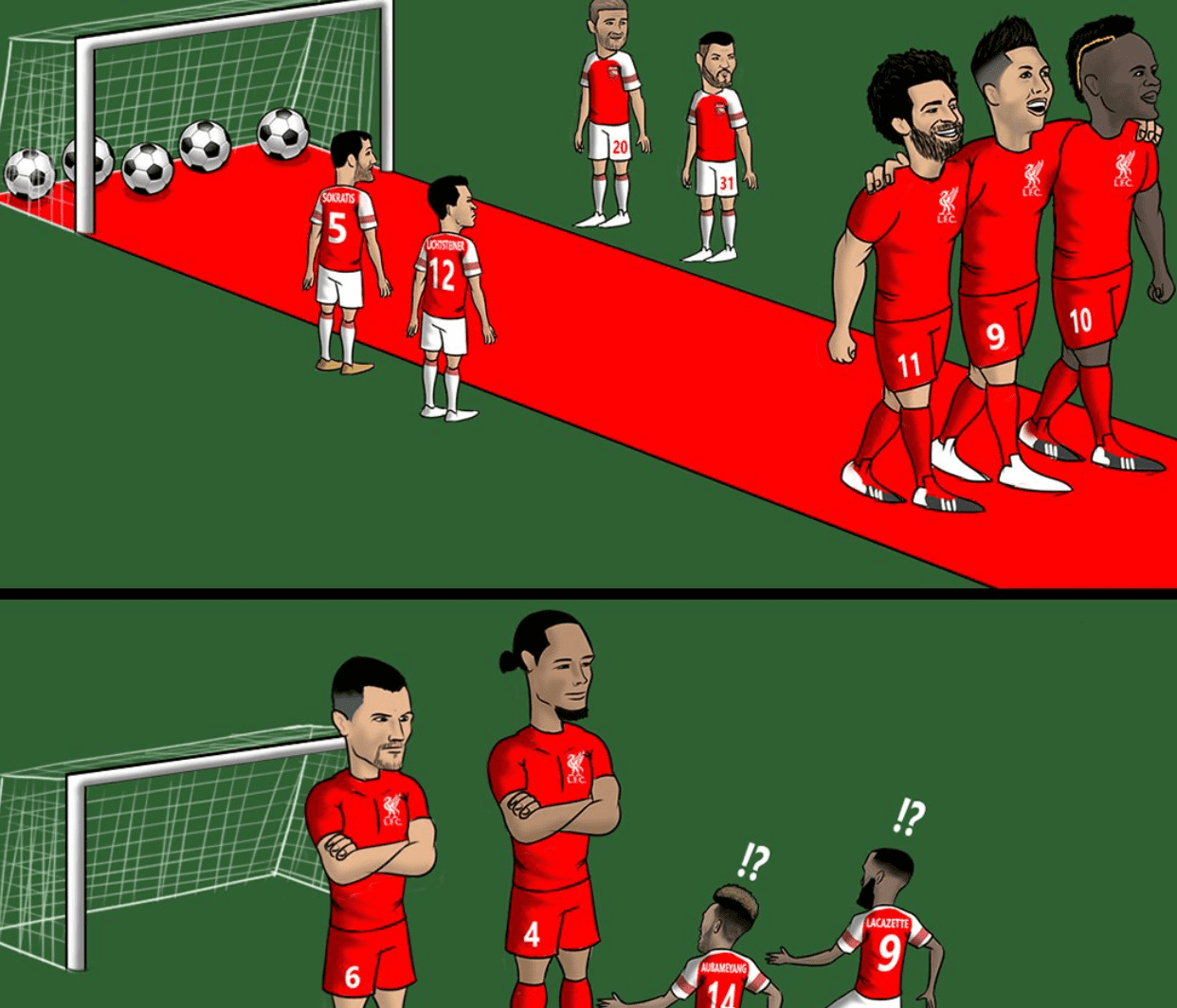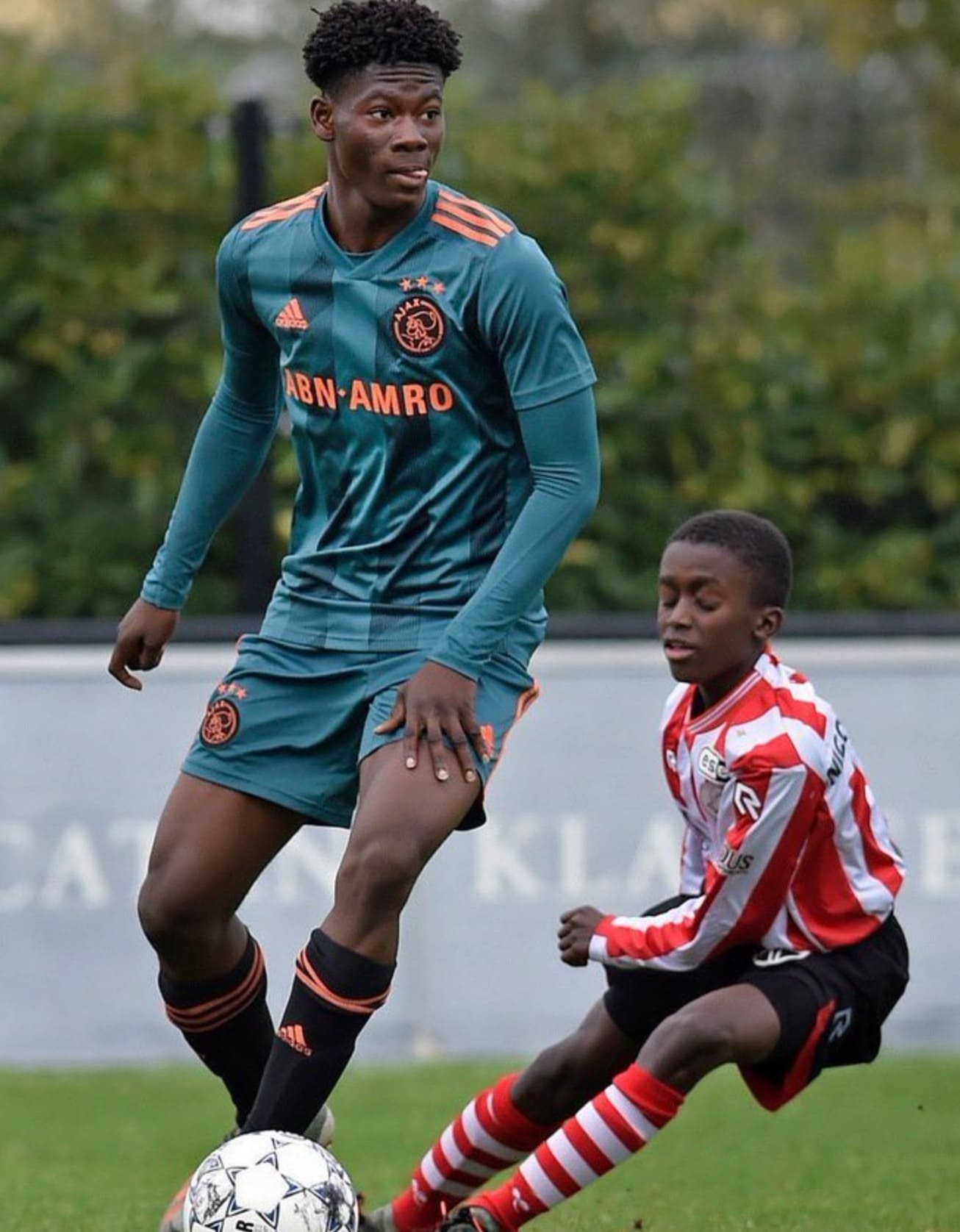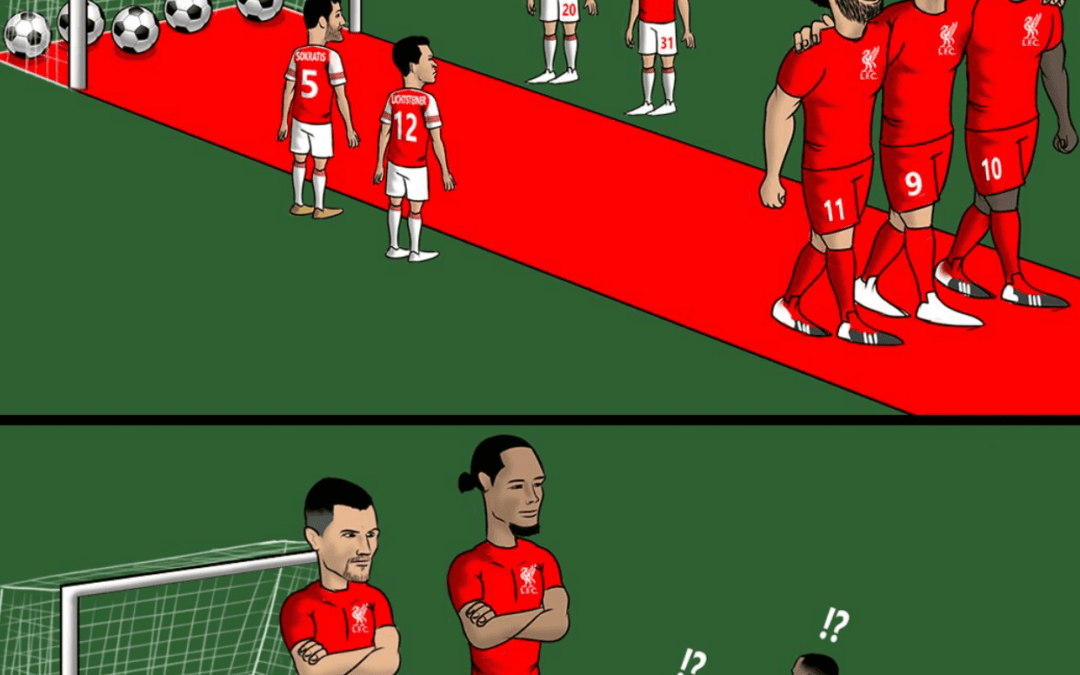Junior Athletes and the Relative Age Effect
Why birthdays dictate the development and opportunities for Junior Athletes

The Relative Age Effect (RAE) is a phenomenon that spans across contexts such as sport and education. Individuals who are born at the beginning of the selection year (Q1 athletes) or season have a higher chance of success and selection for teams and academies than those born later in the selection window.
The physical and cognitive development can be stark at times and this can impact development opportunities.
To be clear, the selection year does not always run through the calendar year. One example of how age groups are structured in the UK is below:
Q1 – September – November
Q2 – December – February
Q3 – March – May
Q4 – June – August

This picture illustrates the notable differences within the same age group – two academy footballers at two different stages of physical development. The RAE can be pronounced in youth sports where you might see the taller, stronger, faster children progressing quicker or being given more chances early on.
Why is awareness of the RAE important?
We can be drawn into judgements too quickly and the development of Q4 children can be stunted due to a lack of opportunities (not selected for matches, teams, etc.) In sport, those born in Q1 have a head start on their counterparts who are born later in the year. Think of the kid who has bigger and faster than everyone, or for those who are coaching, I’m sure you’ve experienced being “wow’d” at your clubs trials or training sessions by a child who seemed to stand out due to their advanced physical capabilities, this might have even skewed your impression of them and the others on the field.
Research shows these benefits are not just physical, but Q1 athletes also benefit from cognitive and emotional advantages too.
In 2017, an article in the Irish Examiner contained the details of the birth dates of the Irish national football team to play Denmark. 11 out of 23 (48%) of the players were born in Q1, 7 (30%) were born in Q2, 5 (22%) were born in Q3 and 0 were born in Q4.
It’s not just limited to football. RAE’s have been found in Ice Hockey, Baseball, Basketball, Netball and Cricket.
Interestingly, a reverse RAE can occur and has been found in gymnastics where younger athletes seem to have the advantage.
Why does it happen?
If you think of the traditional methods of talent spotting or talent identification, when looking at players at a particular age group one’s eyes might be drawn to the players who are bigger and faster than their peers because generally, in most sports these physical attributes are advantageous for performance.
Consider seeing junior athletes at a one-off trial day. It doesn’t always give the younger (Q3 and Q4) players a chance to make a lasting impression. It’s not uncommon for the Q1 kids to be labelled the “most talented” in their age group and for coaches or clubs to prioritise a “win-first” mentality over holistic development.
But what happens when these players cannot get by with their physical ability anymore?
What about the Q4 athletes?
The following extract shows both the upsides and downsides of the RAE for those born earlier or later in the year.
“From my experience in football at an English Premier League football academy in 2010, we had 150 boys of which 26 were born in the second, third and fourth quarter. That meant 124 were born in the first quarter of the year. 10 players were on loan that year; all ten were from the fourth quarter. Those boys on loan were 18, 19 and 20. The academy is up to 18, so the best players that were kept on by the academy were all from the fourth quarter.” (Andronikos et al., 2015)
There was a staggering 124/150 boys in the academy that were born in Q1, but the players who have progressed out of the academy were all from Q4.
The benefits of being a Q4 Athlete
The presence of RAEs can prove to be useful for those Q4 athletes at the top level. Research suggests that younger, smaller players have to become problem solvers because they have more adversity to deal with in their younger athletic careers, and this can aid the development of their psychological skills.
The downsides of being a Q4 Athlete
There is a potential danger of dropout rates due to RAEs. Think of the kids who do not enjoy sports because they do not get the attention and chances that they require to develop. As a result, this can mean a reduction in talent pools in certain sports.
Ways around the Relative Age Effect
Research has shown that those born in Q1 do have advantages, mainly in strength-based sports such as Football, Basketball and Rugby. But there are also sports the RAE does not apply to as much. Sports with weight categories such as wrestling and martial arts, or sports requiring finer skills such as table tennis and snooker. Extended age categories (2-year age groups instead of 1) have been found to work in some cases, allowing two years of competing at a younger and older age range within the bands.
Talent Identification
Educating those tasked with identifying the talent is important here. Talent identification experts have raised concerns about coaches they know that would opt for children who would contribute to their team winning straight away rather than those who may show more promise in the long term. Scouts were also shown to fall victim to the RAE when watching games and recommending players.
It’s clear that a focus on long-term development will help to include those “late-developers” and give them more opportunity to showcase their skills. Clubs also have a duty to inform and educate parents and coaches on this to support youth development.
It’s easy to forget the bigger picture and place too much emphasis on winning . Although it can be important, it can also have a negative effect on player development as playing time may be distorted.
Alternative Approaches
As well as focusing on skill development instead of just results, it has also been proposed that age groups should be further split into Q1/2 and Q3/4, or even into each quartile. Although it’s an interesting idea, implementation is not really realistic.
Bio-banding is an alternative way of grouping kids together in junior sport based on size and physical development rather than the classic approach of when they were born. This could create a different type of environment that promotes more technical and psychological development, as physical attributes are not being leaned on as much.
What to do as an Athlete or Parent?
If you are involved within junior sports as a parent, coach or organiser then you may already know about the RAE. If not, I hope that this goes some way in raising the awareness around this phenomenon, so you can notice the impact of RAE and maybe even change the way you try to develop players.
There is “talent that shouts and talent that whispers”. I’m pretty sure that you have, or will come across both “types” of talent, but it’s vital that both are nurtured and provided with the right environment to thrive.
Summary
- The RAE is linked to birthdays & age-group categories, with those children at the start of the age group category (Q1) generally having early advantages over their younger peers
- These differences between Q1 and Q4 children can result in physical and cognitive differences which influence sporting performance.
- The differences in development can then skew opportunities afforded to all children as talent identification can (not always) be impeded by offering the developed children more/better opportunities. This can leave younger athletes behind & mean less access to coaching, facilities, competitive experiences, and more.
- There can be lasting consequences of this, meaning progression gets stunted for some & it might even lead to dropping out of sport. Talent pools, like mentioned in the article, can be full of Q1 children.
- Mitigating against the RAE is not simple, but people have taken steps to create smaller age bands and/or adapt the cut-off dates as well as ensuring equal opportunities are provided to younger athletes. Bio-banding is an alternative approach taken to mitigate against the RAE.
- Be aware! Raising awareness on this subject is important, the RAE isn’t totally avoidable and we will still fall into some of its traps… there isn’t a magic cure for it but ensuring we can see the talent that shouts & the talent that whispers is vital.
Ready to transform your mindset?
Take your game to the next level and fulfil your potential
Get in Touch![]()








